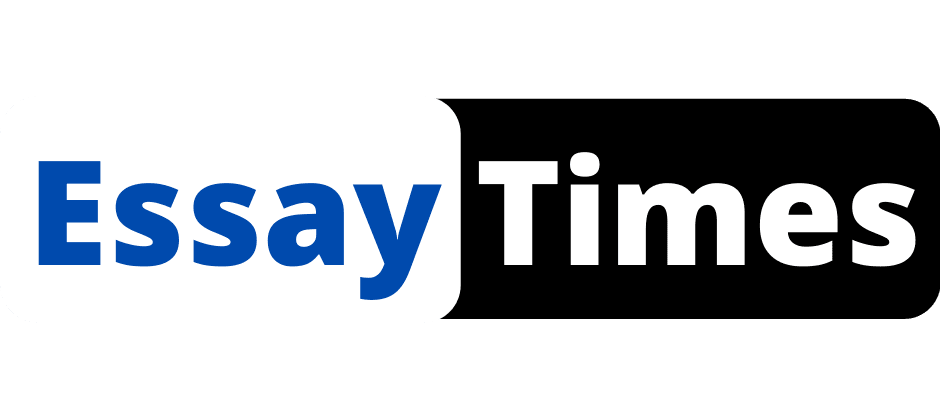What is An Essay? What Are the Various Types of Essays?
An essay is a written piece of text that presents a structured and coherent argument or discussion about a particular topic. It typically involves the author’s perspective and analysis, supported by evidence and relevant examples.
Essays are commonly used in academic settings to evaluate students’ understanding of a subject matter and their ability to articulate their thoughts and ideas effectively. They require critical thinking skills, research, and a clear organization of thoughts to convey the intended message to the reader.
Writing an essay is an essential skill that plays a crucial role in academia and various professional fields. It not only helps us communicate our thoughts and ideas effectively but also allows us to develop critical thinking skills. By understanding the different types of essays, we can tailor our writing based on the purpose and intended audience.
In this comprehensive guide, we will explore the various types of essays and their key characteristics.
Informative Essays
An informative essay aims to provide readers with factual information on a particular topic. Its purpose is to educate and enlighten the audience by presenting unbiased information, explaining concepts, and offering explanations. Informative essays rely on objective analysis rather than personal opinions or persuasive arguments.
For instance, an informative essay titled “The Impact of Climate Change on Marine Ecosystems” would delve into scientific research, presenting data and evidence about the effects of global warming on marine life. Another example could be an essay titled “The History and Evolution of Artificial Intelligence,” which would provide a comprehensive overview of AI’s development over the years.
Persuasive Essays
In contrast to informative essays, persuasive essays are designed to sway the reader’s opinion or viewpoint on a particular subject. These essays employ convincing arguments, supported by relevant evidence and logical reasoning, to persuade readers to adopt a specific position or belief.
For example, a persuasive essay titled “The Importance of Recycling for a Sustainable Future” would present the benefits of recycling, outlining its positive impact on the environment and emphasizing the need for everyone to take part in recycling programs. Likewise, an essay titled “The Benefits of Early Childhood Education” would focus on the advantages of early education for children, advocating for increased support and investment in early learning programs.
Descriptive Essays
Descriptive essays are an artistic form of writing that aims to create a vivid depiction of a person, place, object, or event. Through the use of sensory details, descriptive language, and figurative expressions, these essays paint a rich and imaginative picture in the reader’s mind.
Imagine a descriptive essay titled “Exploring the Enchanting Streets of Venice,” which transports readers to the romantic canals and narrow alleys of the Italian city through vivid descriptions of its architecture, gondolas, and bustling markets. Another example could be “The Majestic Grand Canyon: A Natural Wonder,” where the essayist would utilize detailed imagery to capture the breathtaking beauty and awe-inspiring scale of this geological masterpiece.
Narrative Essays
Narrative essays allow writers to share personal experiences, anecdotes, or stories in a compelling and engaging manner. These essays often include elements of storytelling, such as plot, character development, and descriptive language, to capture the reader’s attention and evoke emotional responses.
For instance, a narrative essay titled “A Memorable Trip to Paris: Love and Adventure in the City of Light” would recount the writer’s personal journey, blending elements of romance, excitement, and cultural exploration. Another example could be an essay titled “Overcoming Adversity: My Journey to Success,” where the writer would narrate their experiences of facing challenges, demonstrating resilience, and ultimately achieving personal growth.
Expository Essays
Expository essays aim to provide a comprehensive analysis of a particular subject, clarifying complex concepts, explaining processes, or analyzing data and statistics. These essays rely on careful research, logical organization, and clear presentation of information to enhance the reader’s understanding.
For example, an expository essay titled “The Process of Photosynthesis: How Plants Convert Sunlight into Energy” would break down the intricate biological process, explaining each step in a simple and accessible manner. Another example could be an essay titled “Understanding Cryptocurrency: Exploring the World of Digital Currencies,” which would offer an objective overview of cryptocurrency, its history, mechanics, and potential impact on the global economy.
Conclusion
By exploring the various types of essays and their specific characteristics, we can unlock the art of essay writing. Informative essays equip us with the skills to present objective information, while persuasive essays allow us to advocate for specific viewpoints and create change. Descriptive essays awaken our senses and transport us to new worlds, whereas narrative essays enable us to share personal experiences and connect with readers on an emotional level. Lastly, expository essays empower us to dissect complex subjects and enhance our understanding.
Understanding the different types of essays allows us to hone our writing skills and adapt our approach based on the purpose and audience. Therefore, we encourage you to explore and experiment with these different essay styles to broaden your writing repertoire and become a more effective and versatile communicator.
